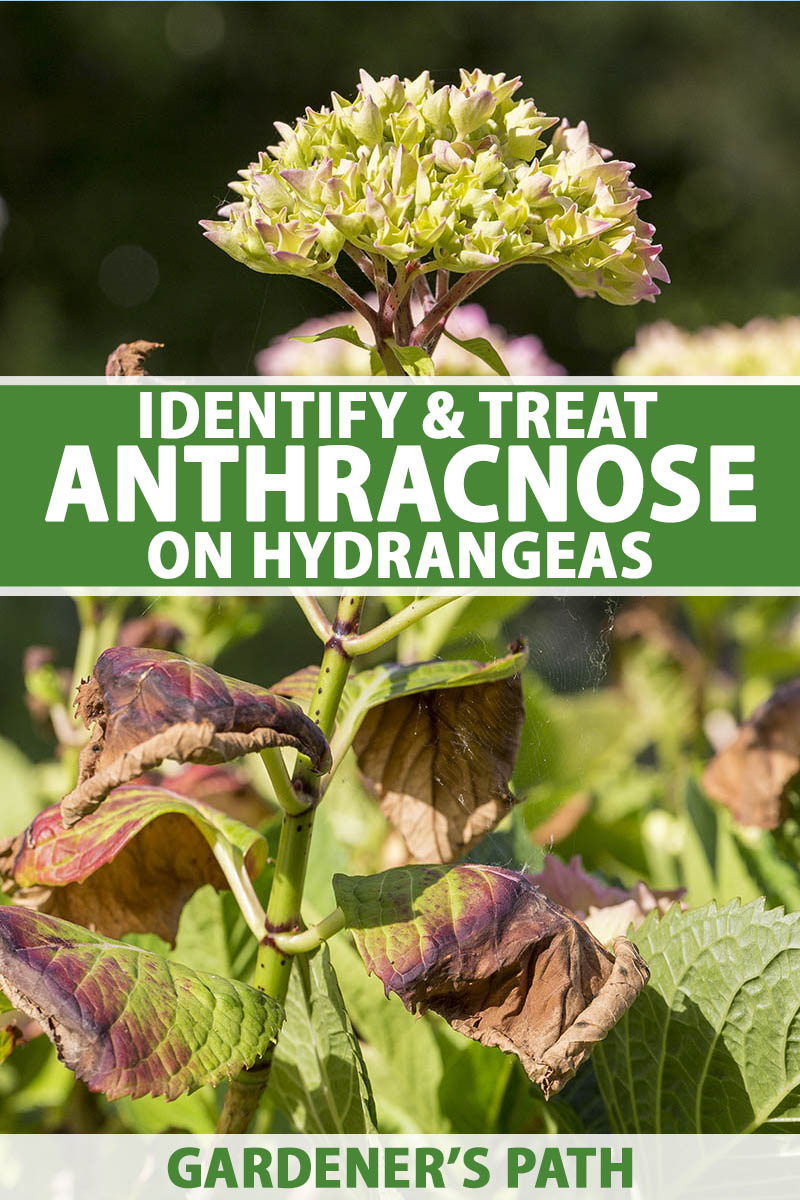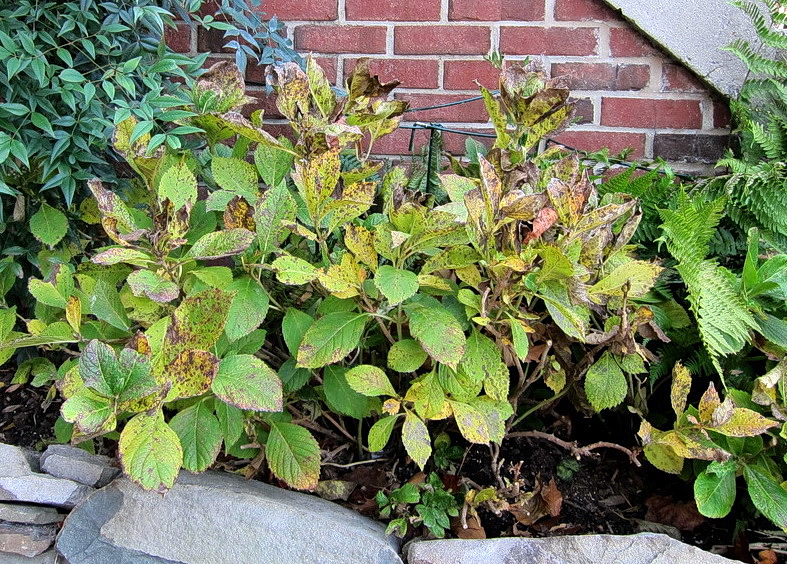A Biased View of Hydrangea Leaves Turning Yellow
Wiki Article
The smart Trick of Hydrangea Leaves Turning Yellow That Nobody is Talking About
Table of ContentsHydrangea Leaves Turning Yellow Things To Know Before You Buy10 Simple Techniques For Hydrangea Leaves Turning YellowSome Known Details About Hydrangea Leaves Turning Yellow Getting The Hydrangea Leaves Turning Yellow To Work
Hydrangea plants are understood for their attractive blossoms, but occasionally their leaves can transform yellow. This is usually an indicator that something is wrong and the plant needs your aid.Hydrangea leaves transforming yellow can be a cause for problem. Hydrangea leaves normally transform yellow when the plant is overwatered.
When the roots of a plant are immersed in water for lengthy periods, they begin to stifle and rot. This procedure cuts off the origins' oxygen supply, causing the leaves to turn yellow and ultimately pass away. Overwatering can also result in other troubles such as fallen leave decline, root damage, and fungal growth.
If you believe your Hydrangea is overwatered, the very best solution is to allow the soil dry out entirely before sprinkling again. It's likewise an excellent idea to inspect the water drainage of your pot or garden bed and ensure that water is not merging around the plant's origins. Hydrangea plants need well-drained soil to prosper.
The Greatest Guide To Hydrangea Leaves Turning Yellow
Hydrangea leaves can likewise turn yellow if the plant is not getting adequate water. This takes place when the plant does not get enough water, and the soil starts to dry out.
This is understood as "fertilizer melt," It happens when the plant's roots are exposed to way too much plant food. The roots can not take in all of the nutrients and come to be damaged. This damages triggers the fallen leaves to transform yellow and eventually pass away. Other signs of plant food melt consist of brown or yellow fallen leaves, wilting, and stunted development.
This will aid remove any type of excess plant food from the roots of the plant. It's likewise an excellent idea to minimize the amount of plant food you are utilizing.
The Best Strategy To Use For Hydrangea Leaves Turning Yellow

If your Hydrangea is ravaged with insects, dealing with the plant with neem or horticultural oil is the finest remedy. It's hop over to here likewise over at this website great to eliminate any type of damaged leaves from the plant (Hydrangea Leaves Turning Yellow).
To avoid spreading out the disease, ensure to disinfect your scissors before cutting any type of leaves off. Hydrangea leaves can likewise transform yellow if the temperature stresses the plant. This usually happens when the plant is revealed to extreme cold or warmth. The fallen leaves of the plant will certainly transform yellow and start to leave.
If the temperature emphasizes your Hydrangea, you need to relocate the plant to a location where it will certainly be safeguarded from the extreme chilly or heat. You can also attempt to give the plant with some partial color if subjected to direct sunshine. You can also try adding mulch around the plant base to help manage the temperature.
The smart Trick of Hydrangea Leaves Turning Yellow That Nobody is Talking About
When the plant's origins are submerged in water for also long, they start to rot. have a peek at this site One of the most usual origin rot symptoms is yellowing fallen leaves, as the fungus avoids the origins from taking in nutrients from the dirt.Various other indications of origin rot include stunted development, wilting, and leaf decrease. Examine the roots of your Hydrangea if it has root rot. If they are black or brownish, then they are most likely rotten. If some healthy origins are left, you can try to conserve the plant by replanting it in a brand-new pot with fresh soil.
Water the plant carefully, making certain not to overwater it. If your Hydrangea is greatly affected by origin rot, starting with a brand-new plant is best. Natural causes can also create yellow hydrangea leaves. The most common cause is the plant's age. As Hydrangeas age, their leaves will gradually transform yellow and brown before diminishing the plant.
You can aid the plant by ensuring it is obtaining sufficient water and nutrients. One possibility is that the plant is not obtaining enough water.
Report this wiki page